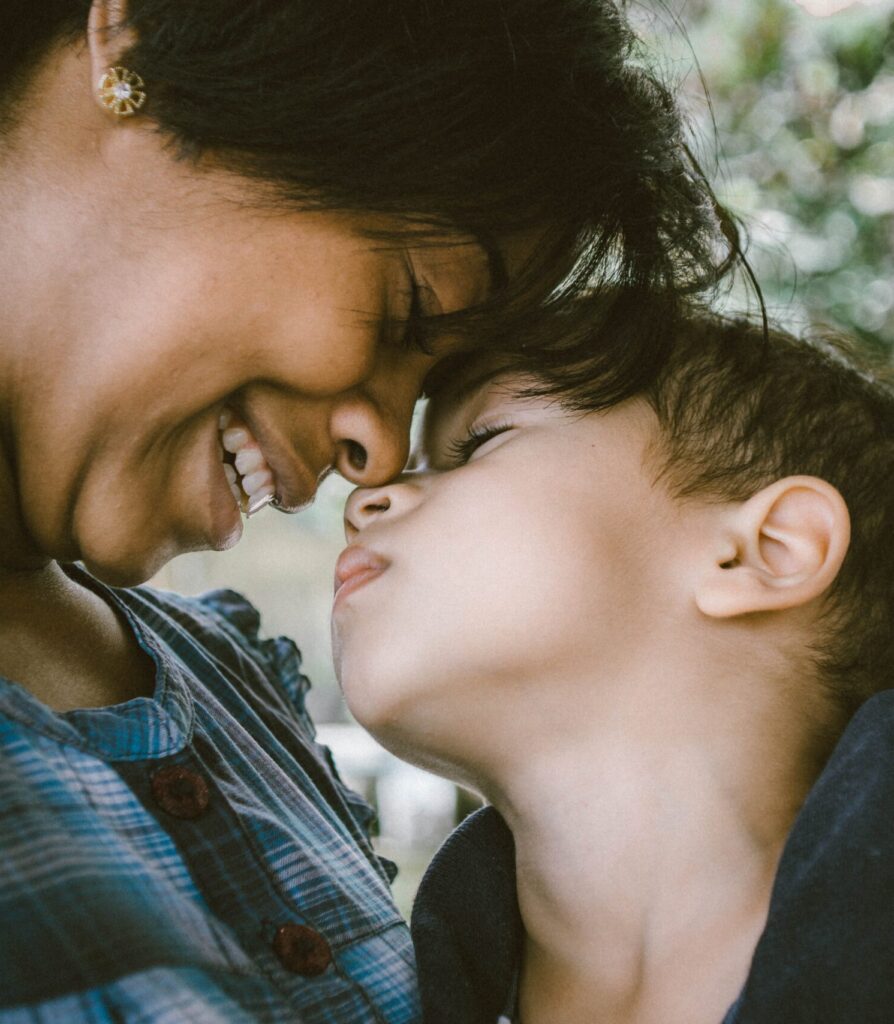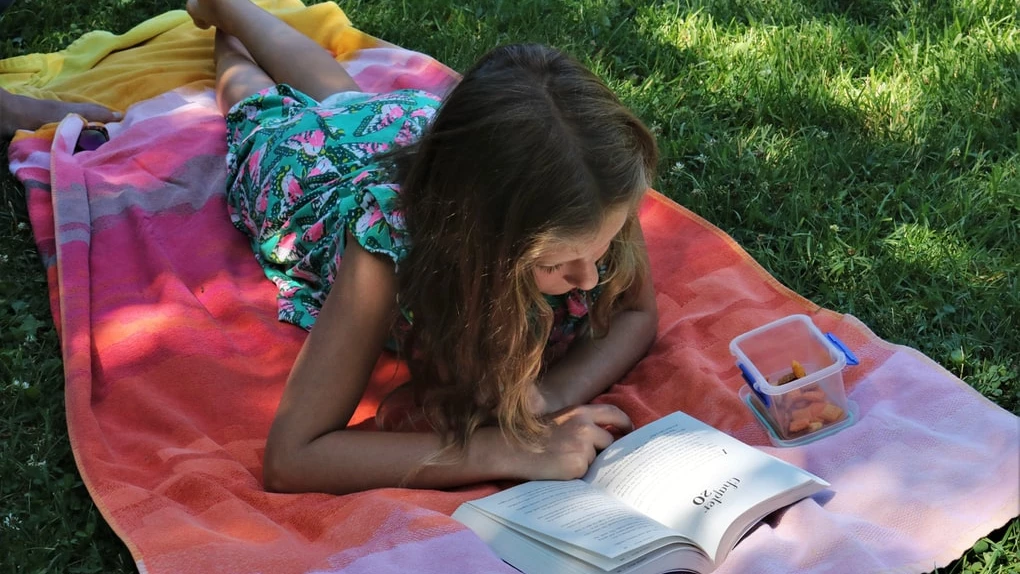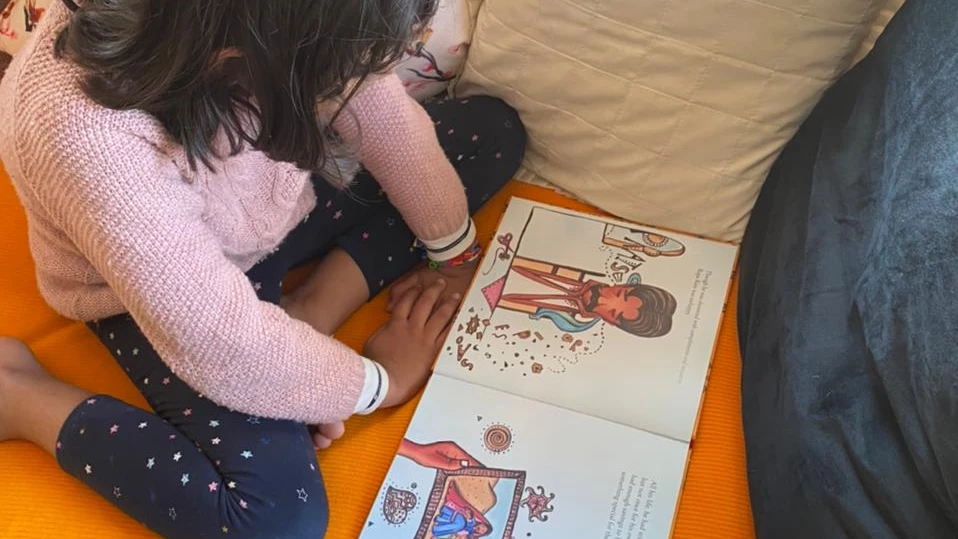It’s that time of year! The festivities that began with Milad un Nabi and Dussehra are culminating in the greens and reds of Christmas tinsel. The air is nippy, the evenings longer and the days brighter. And all we really want is to spend time with our friends and family, laughing and stuffing ourselves silly!
As we look for gifts, this season, let’s look for not just what we think is best for the receiver, but also what’s best for the planet, and for the people who made them! This holiday season, let’s resist the urge to consume more, to spend and buy more, to own more, and to stress more. Instead, we could opt to love the planet more, to be more mindful, and to love, laugh and tumble more!
We put together some ideas on what you can give your child–or any child–that will make them and our planet happy!
1. WARDROBE ESSENTIALS
Your child’s outgrown last year’s winter jacket? Or maybe, they’re back at school and need a new pair of sports shoes. As any parent would testify, children grow fast and their needs are constantly evolving. Rather than wantonly buying single-use fancy clothes, it may well be worth your time, effort and money to give them clothes and accessories they actually need. Of course, what they may need could well be occasion wear, but whatever it be, buy mindfully. There is a lacuna in the kidswear market, when it comes to brands that are both planet- and people-friendly, so you’ll have to make the best of it.
Tiny Things is a great place to find pre-loved clothes (and other items) for your little one. ,Obori makes smart, gender-neutral, comfortable yet versatile clothing that lends itself well to mixing and matching, so each piece serves multiple purposes. ,The Story Brand works with women from low-income households to ethically produce an eclectic mix of ethnic and western wear for kids, while ,Love The World Today brings to you an exquisite collection of occasion and lounge wear made in natural fibres and handwoven textiles, for which they work directly with the artisans, to ensure quality clothing is produced responsibly. Like Dipna Daryanani of Love The World Today says, there is no one way to do sustainability. You have to weigh your options and see what works best for you while being mindful of the planet and the people who make your clothes.
For everyday clothing, a great option is ,Greendigo, who use GOTS-certified organic cotton and that’s not only safe for your child, but also ensures the safety of the farmers and garment workers who produce the clothing. They’ve also tied up with ,Green Story to do a Comparative Life Cycle Impact Assessment that determines the impact of their supply chain and production methods, through metrics like energy savings, water savings, emissions and land preservation. But the most heartening is their association with ,Trishul, an NGO where they donate all their unsold inventory and production samples for underprivileged children. And if you’re looking for winter clothing, look no further than ,The Original Knit, which works with rural women from Himachal Pradesh and the foothills of Punjab, to bring to you handknit babywear. Most of the knitters are the sole breadwinners in their families and who have now been empowered through a regular source of income.
And then, of course, you could upcycle an old sari into something new for your child. They’ll love it, for it’ll be all the more special.

2. PLASTIC-FREE TOYS
Most toys our kids play with are full of plastic, from the excessive packaging to the toys themselves. Fortunately, there are plenty of wholesome alternatives that are healthier for your child’s development and for the environment.
Some of these like ,Kavade work at reviving traditional games we have grown up with. They offer a variety of board games that have not been sliced into age groups. “When we play these games, we exchange ideas, strategies and energy, and the best part is that many generations can come together to play one game,” says Sreeranjini, founder of Kavade. What makes Kavade exciting for us is their effort at being eco conscious and making their games a lifetime keep. They work directly with artisans and this can be seen in their thoughtful designs.
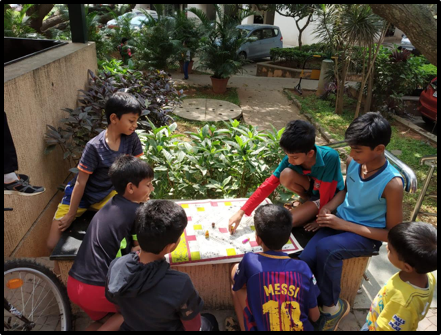
“These traditional games have all the elements today’s generation is used to in their online games,” says Anu Gummaraju, a parent to two boys, 12 and 19 years old. “Our favourite, ,,chow-ko-bara , starts slow but quickly becomes exciting–rolling the cowrie shells, chance, luck, acing and getting ahead of other players, ‘defeating’ opponents and sending them back home to the starting point!”
Pragnya Prachure of ,Hobbyt crochets stuffed toys, and even customises them for your child, from choice of animal and shape to their preferred size. These toys, in addition to their unique texture, are soft, made of non-toxic material and are all hand-washable.
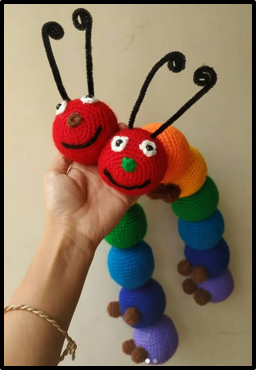
Social enterprises like ,Varnam Collective and ,The Smritsonian work alongside artisans to interpret traditional toy crafts to suit contemporary sensibilities. Varnam Collective has been working with the Channapatna artisans since 2012. ,Channapatna toys are made of wood and are manufactured in Channapatna, Karnataka. They ship all over India and have an extensive collection of toys across age groups!
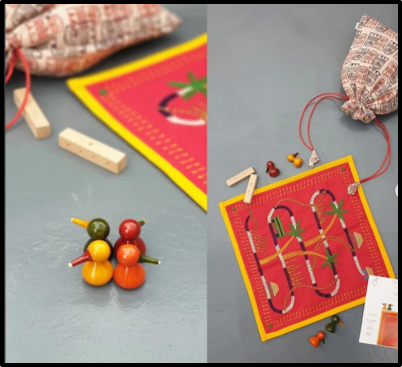
The Smritsonian makes feminist dolls in the traditional bommai style, with a Kodaikanal-based women’s self-help group. “These dolls have helped open the doors to many complex conversations in my household, right from feminism to race and disability, and even the value of handcrafted products,” says Prerna Singh, mom to a 5-year-old.
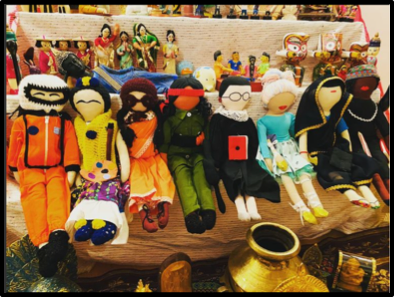
Look out for Dastkar haats, flea markets and even Christmas bazaars in your city, where you’re bound to find non-plastic, traditional toys. If you live in Delhi or Hyderabad, Dilli Haat and Shilparamam, respectively, are the place for you.
While these toys are a great tool to educate your child on culture, history and sustainability, it’s best if that is driven by their own curiosity. The idea is for your child to experience their childhood in all its fun and glory, rather than being a dictated learning experience. If these practices become the norm in your house, your child will be naturally inclined towards them.
,Jodogyan have been consistently working on innovative ways of teaching science and mathematics, which has led them to create a wide range of learning toys and tools that can be used in multiple ways. So good, your child may not even realise they’re learning math! Their ,Aakar Parvivaar, a set of felt cut-out shapes, kept the then 4-year-old Veda busy, assisted in her learning, and helped her achieve many of her development goals during the Covid lockdown. While some of Jodogyan’s tools and toys do use plastic, the oganisation works towards making learning accessible to those on the margins. So you know you’re paying towards a good cause.
3. PRE-LOVED BOOKS
Reading is more than the actual act of ‘reading’ as we understand it–being with books is spending time with them, visiting bookstores and inhaling their smell, as you wonder which book to buy! But consider going the pre-loved way. Take your child to a bookstore and let them choose their own book. Surabhi Prasad, the mother of a 10-year-old, recommends the second-hand bookstores on the streets near the Flora Fountain in Fort, Mumbai. In fact, you’ll find such streets in most cities. Delhi has its Sunday Book Market at Daryaganj, where you can even stumble upon old copies of Children’s Book Trust and National Book Trust books, old Russian folktales, or some very hard-to-find, no-longer-in-print children’s picture books. College Street, Kolkata, has some great picks to offer, if you and your child enjoy the adventure of going through piles of books.
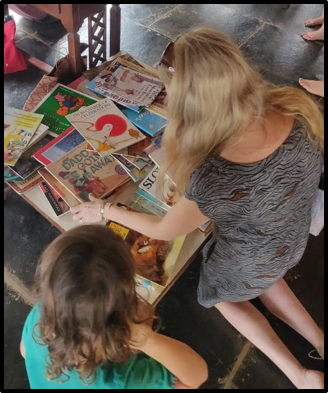
The flea bazaars and Friday night markets in Goa are a great place to bag some precious books for a steal! Follow TheGoa Collective Bazaar to keep tabs on their flea markets.
Blossom Bookstore and The Bookworm, in Bangalore, boast a huge collection of books for all interests and age types! The best thing about street bookshops and independent bookstores is the personal connection you can develop and nurture with the proprietor. But it’s all right if you can’t physically take your child book shopping. There are plenty of online accounts that deal specifically with pre-loved books. BarkhaSharda, who runs a small business online – The Book Store- deals with pre-loved books, and observes that in all her interactions with children, she has never experienced any hesitancy in them about buying a previously owned book.

In fact, the hurdle to buying something second hand, or the stigma attached to it is something we develop as adults. Even though she deals with adults or parents trying to buy books for children via her social media account, ,that_book_woman, she makes it a point to ask them what the child is currently reading, and what they are interested in. Based on that she curates a book box for them!
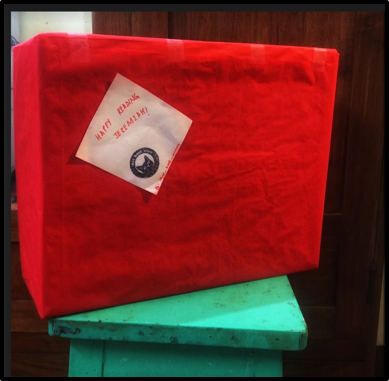
On instagram, we would recommend the account ,that_book_woman, who is working hard at making books by non white writers and books which feature women/ girl protagonists more accessible to young readers.
But more than being economical, pre-loved books make children appreciate books and even read in a different way. Kaveri observed a subtle change in her daughter as she started buying more pre-loved books for her. The 12 year old now exercises greater agency in choosing what book she would like to exchange at second-hand book stores, and taking charge of what she wants to re-read. “She is developing a specific taste in books and understands that books come and go but stories stay,” says Kaveri.

4. CRAZY CHRISTMAS TREES
Your Christmas tree doesn’t have to be a ‘Christmas tree’, if you get what we mean! Visit your local nursery and buy any big plant that catches your and your child’s fancy! Bring it home and decorate it. Five-year-old Agastya’s mother, Amita, observes that Agastya takes care of the Christmas tree, along with the other plants throughout the year, and the week leading up to 25th December is spent in ‘making it ready for Christmas’. This has instilled a great love for plants and trees in general, and Amita feels confident in leaving Agastya to take care of the plants at home. Now, isn’t that a great feeling!
From making compost in plastic bottles at home, to talking to them every day and keeping them hydrated, Agastya’s thumb is all green at the tender age of five!
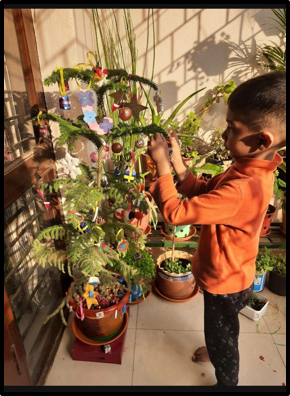
Buy tree decorations from places you know reward the labour fairly and acknowledge the maker. This is the first step towards making your children into ,conscious buyers. Check out ,Varnam Collective for their festive goodies to dress up your tree! Or, you can make your own, as Prerna did with her then-two year old. “We simply rolled out some dough, and used cookie cutters for whatever shape we wanted. I then baked it till it was hard, and then we painted some, and used old wrappers on others,” she elaborates. “As a Christmas Day treat, I baked some meringues and hung them on the tree, so we had edible decorations!”
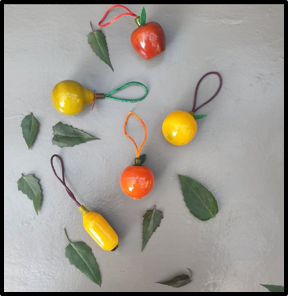
Another great idea is a ,biblio christmas tree. Young kids love to build and this is the perfect opportunity to do something both fun, and developmentally appropriate with your child. From learning how to balance books and ornaments, to coming up with crazy ideas, it’s a great way to go, instead of buying plastic, single-use Christmas trees that will only end up in landfill, eventually.
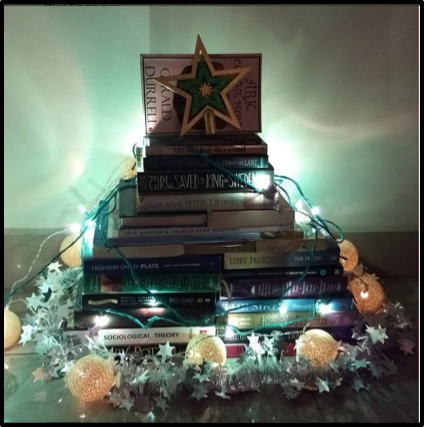
5. STORY SESSIONS
Interactions with story tellers, authors and illustrators can make lifelong readers of children. Besides, it’s a great way for them to go beyond what is within the pages of the book. These interactions also allow children to talk to other readers and hear different perspectives on the same characters and story. “I find these sessions to be a safe space for children to talk about emotions and feelings they may find otherwise difficult to articulate,” says Saher, mother to a 9-year-old.
So why don’t you gift your child some awesome storytelling sessions, all the while supporting independent bookstores and small businesses!
There is our favourite, Rathy, who goes by the name ,,irattzz on instagram. With a tagline like ‘Come, let me tell you a story…’ how can we resist her animated sessions? Follow her to know when she is hosting her next session. We cannot recommend her more!

Check out the ,Delhi Storytellers’ Network and ,Bookaroo, who conduct workshops for different age groups around story reading and storytelling. Can you imagine the joy of meeting and interacting with those who wrote the books you read and loved? Make them the rockstars in your child’s life.
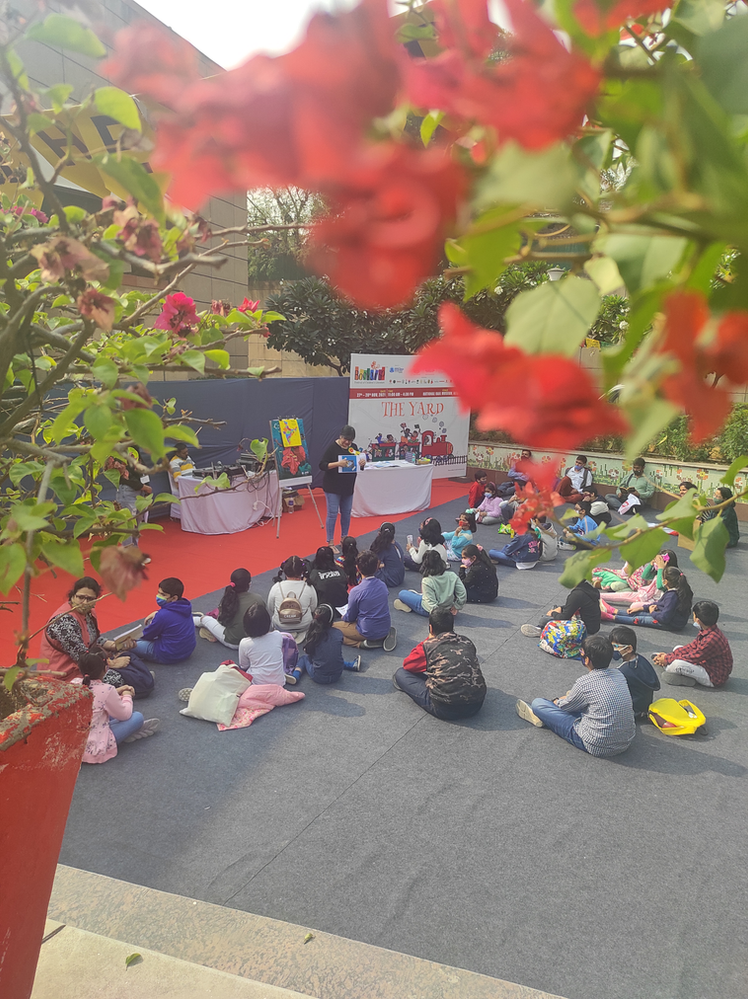
There are also independent bookstores like, Kahani Tree (Bombay) and ,Funky Rainbow (Bangalore) who host online and offline sessions with children’s authors and illustrators. Sometimes, these sessions revolve around children being invited into the process of how stories are conceptualised and written. Join Funky Rainbow every Saturday for their Book Buzzaar as they select a theme and recommend books around it, and have a special session with someone from the industry.
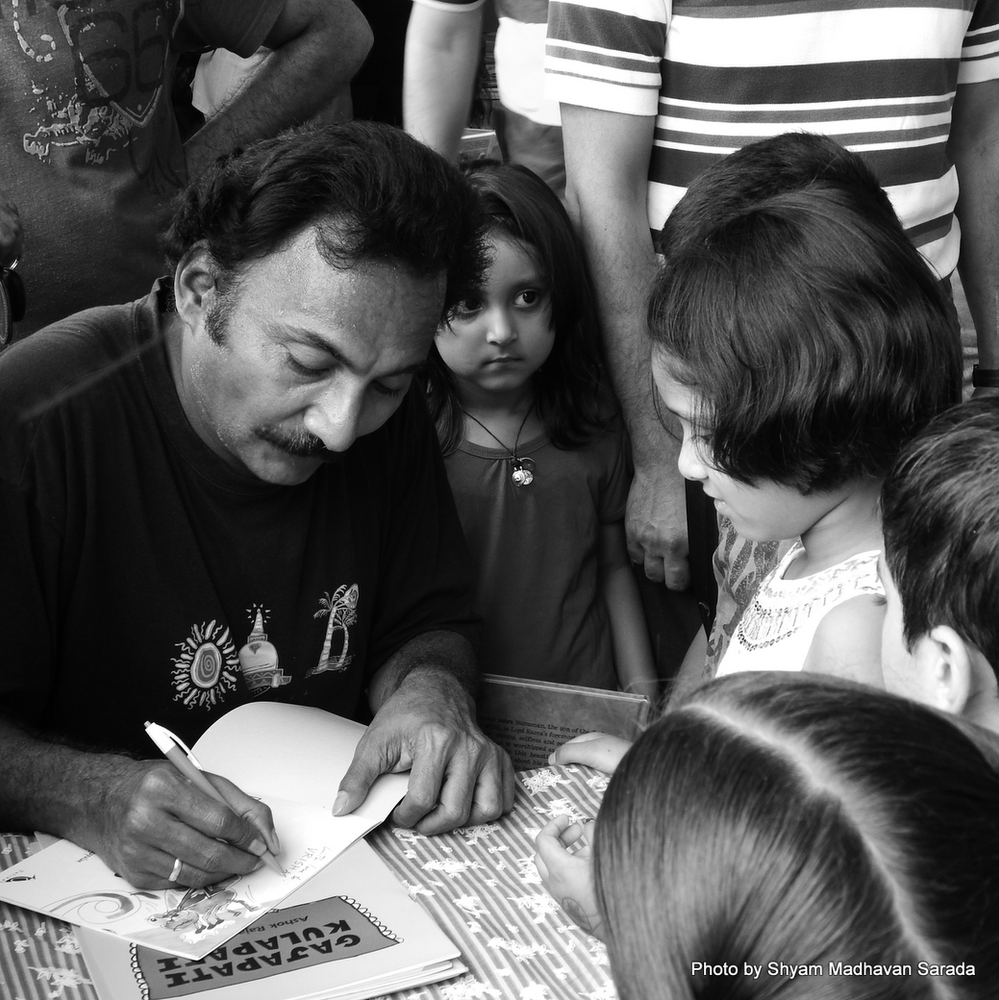
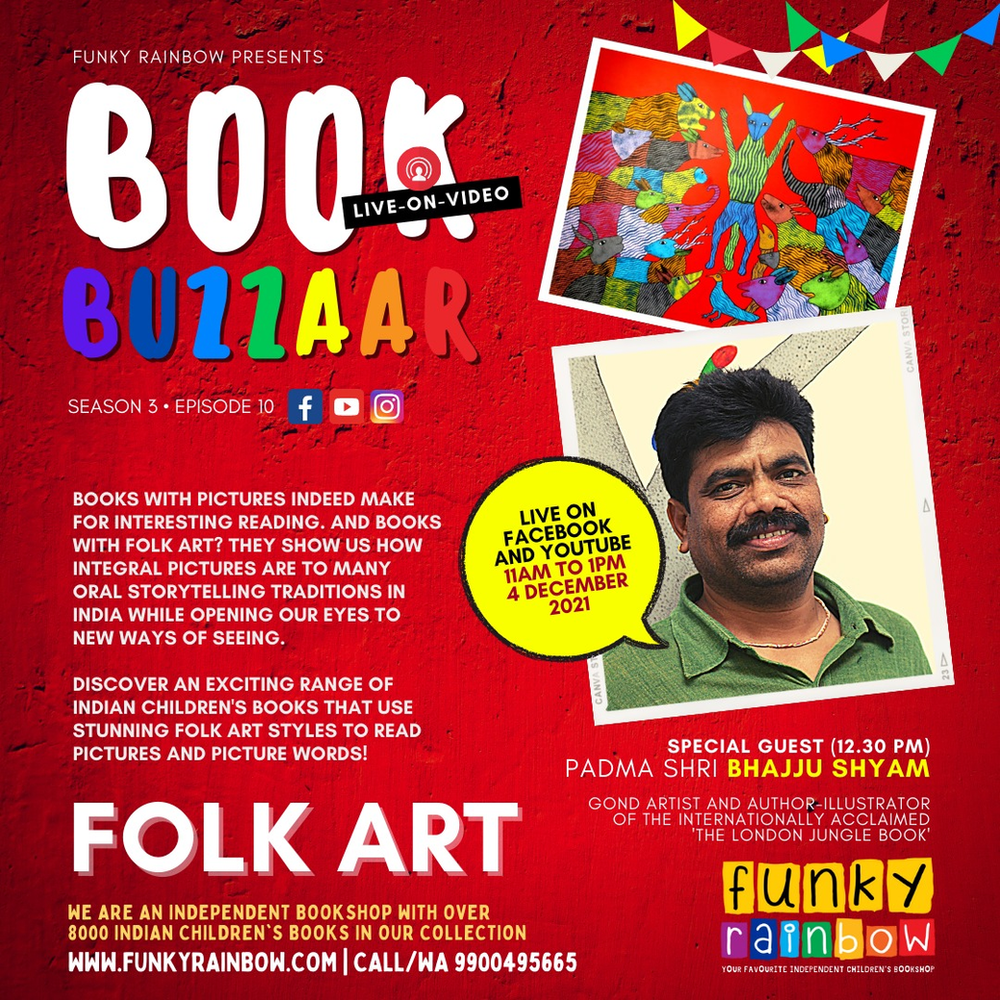
6. AN UNFORGETTABLE EXPERIENCE
The call of the malls may be strong, but stories and experiences are made outdoors. Stroll through street shops, collect leaves, stare at the sky, tumble in the leaves, get dirty, count the stars, roll in the grass.
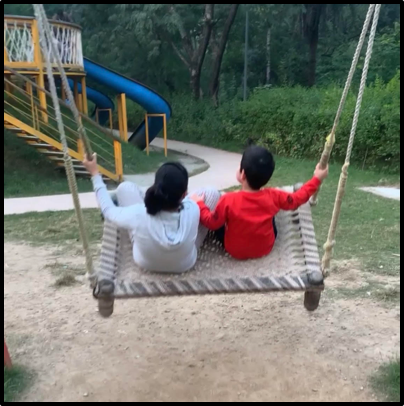
Charu Kumar Arora, mother to a five- and a 10-year old, celebrates the everyday nothingness and muchness of life with her children through what she calls ‘the mini-vacay’–short excursions to local parks, 3 to 4 times a week, where she revels in playing with her children–hide and seek, climbing trees or rolling down grassy mounds. Just being silly around them!
Winter is a great time for a picnic. Both Charu and Surabhi have found, in their experience, that it isn’t always necessary to structure, and have a super-organised day. It is good to let your child experience ‘boredom’ and outside spaces provide them with enough opportunity to do something about it, without the distractions of technology. So it’s a great idea to go with the flow, but if you like to have a plan, here are some ideas!
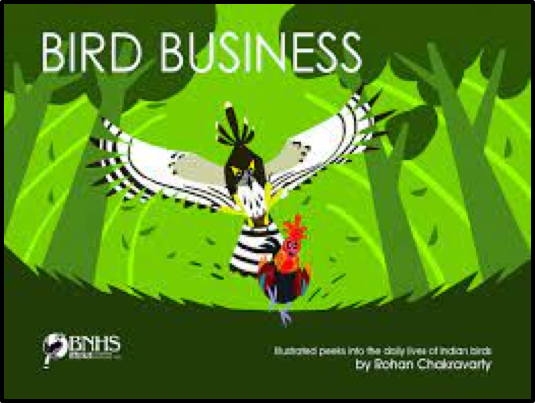
Carry a copy of the book, Bird Business by Rohan Chakravarthy and try to identify as many birds as you can.
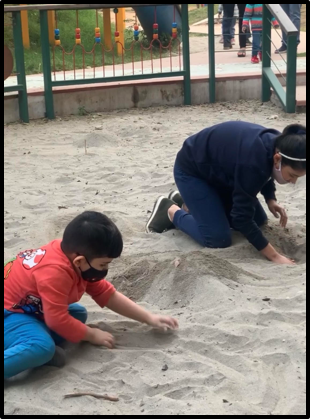
Dig in the sand.
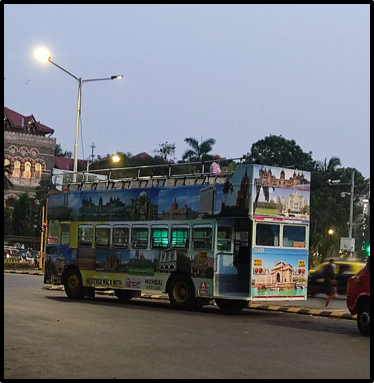
Explore your city on a Hoho (Hop On, Hop Off) Bus! Hoho buses are available in Delhi, Mumbai, Amritsar, Hyderabad and Goa.
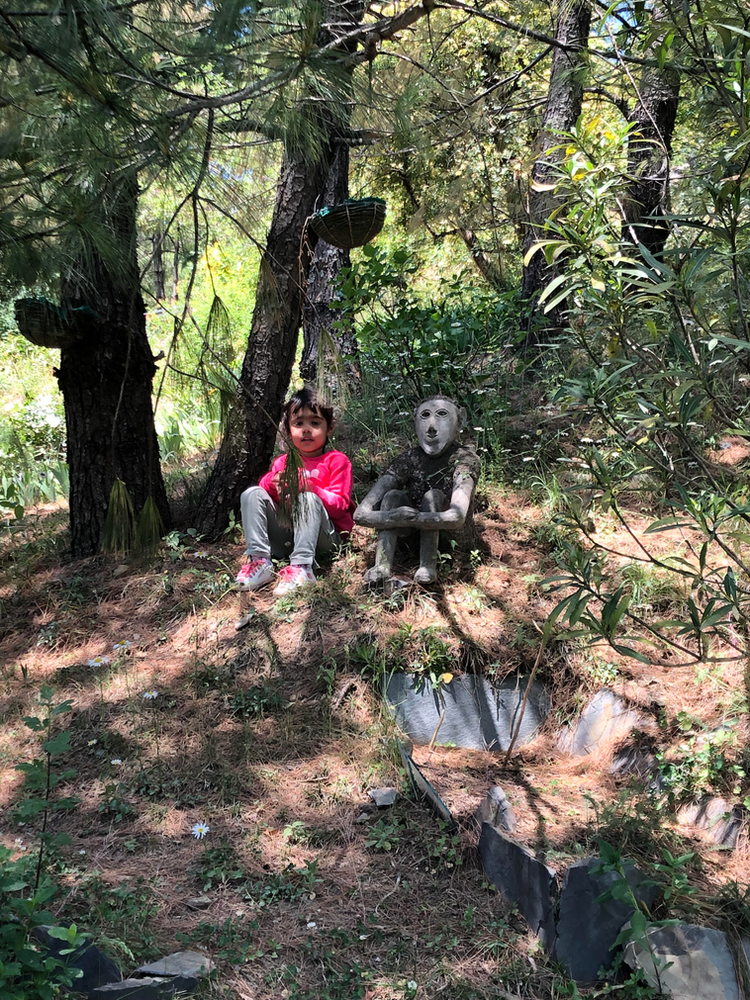
Take dips, chips, water, and a blanket, and have yourself a picnic!
. . .



